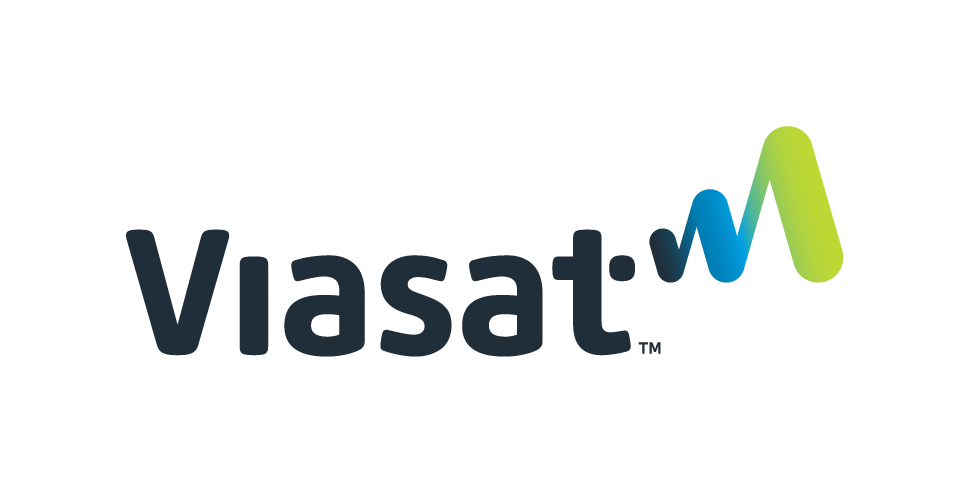-
StatusCompleted
-
Status date2017-04-11
- Progress on the resolution of the critical open issues identified in the satcom air interface defined in the preceding ANTARES program.
- Analyze portability of the ANTARES air interface onto the existing and future Inmarsat airborne terminals. Support the analysis by prototyping and testing.
- Outline the requirements for the future terminal, which can support the ANTARES and Inmarsat air interface.
- Refine the design and requirements for the non-steerable low-gain antenna usable for the future airborne satcom terminals.
- Support the long-term satcom avionics standardization.
External dependencies: The resolution of some of the air interface open issues depend on the inputs from the industry which are yet to be consolidated. This includes for example requirements on voice and ATN/OSI interface or the security and safety requirements. For these particular issues the final conclusions cannot be reached within this study, but the way forward is detailed as much as possible at this stage.
Limited prototyping: For number of the addressed issues an extensive prototyping, simulations and technical validation would be required to reach the final conclusions. This includes for example the antenna design, voice service design or assessment of the transmitter spectrum mask feasibility. This is beyond scope of this study, but the project deliverables provide as many details for the potential follow-up activities as possible.
Portability to Inmarsat terminals: The AES prototype developed under the ANTARES project hosted the most demanding algorithms in the FPGA. On the other hand the existing Inmarsat modems use DSP as the primary signal processing component. Porting the complete ANTARES waveform to DSP is not affordable under this study and thus only the most critical elements are ported. The remaining DSP capacity is then assessed against the remaining algorithms.
Antenna requirements: To support connectivity through GEO constellation during aircraft banking, the AES antenna radiation pattern would have to be guaranteed for negative elevations (relative to airframe). This was highlighted as barely possible in the past and the problem is once again confirmed in this study.
Synchronization with Iris Service Evolution: The Iris Service Evolution (Iris SE) program was started under ESA after the Iris Convergence study was launched. The Iris SE program is now the governing program intended to define the long term evolution of the satcom safety services for aviation. The results of the Iris Convergence thus were presented to the Iris Service Evolution to provide additional inputs for the design and decisions making. Furthermore the avionics standardization support planned under Iris Convergence was re-directed to support the Iris SE program.
The study provides important inputs for the Iris Service Evolution program, particularly in terms of:
- Description and resolution of the ANTAES air interface issues may drive the decision making with respect to the reuse of the ANTARES features in the Inmarsat’s air interface evolution.
- Prototyping of the ANTARES air interface on the Inmarsat’s AES platform provides important guidance on the possibility to retrofit the new air interface to the existing terminals.
- The current Inmarsat’s class 4 AES uses an enhanced low gain antenna (ELGA) which is expected to be partially steerable. The non-steerable low gain antenna (LGA) design optimization done under this study provides important inputs for future antenna specs.
- All the ANTARES air interface open issues are addressed in a single technical note deliverable document. The technical note will be publicly released through ESA web pages. There are 10 issues in total, each addressed in dedicated section. (Use of Low Rate Waveform, AES Tx Phase Noise Mask Relaxation, Link Quality Estimator, AES Tx Spectrum Mask, RF and Antenna Requirements Harmonization, OSI Network Adaptation Layer, Voice Support, Domains Segregation, AES Safety Requirements, Security Requirements and Concepts)
- The portability of the ANTARES Air interface to the Inmarsat’s AES (particularly to the Dual Aeronautical BGAN Channel Card – DABC) and the long term AES definition are addressed in the dedicated set of deliverables covering the requirements, design and the prototyping test plans and test reports. These documents are released with limited dissemination rights due to significant Honeywell’s background IP rights associated to DABC design.
- The Low Gain Antenna design is described in yet another set of deliverables covering the antenna design options and tradeoffs, the simulations description and simulation results as well as a proposal for the future LGA antenna specs and assessment of the designed LGA performance against the Inmarsat’s Class 4 ELGA specs.
Project is split into three work packages:
WP1 Iris Long-Term Critical Issues Analysis
WP2 Iris Long-Term AES Analysis and Prototyping
WP3 Low Gain Antenna Design
Project Milestones:
- Preliminary Design Review
- Test Review Board
- Final Review
Iris-Convergence contract was signed in April 2015. Majority of the technical activities has been completed by June 2016 with the Test Review Board meeting. The standardization support has been prolonged till the end of 2016 to better support the Iris Service Evolution program and to get better alignment with the EUROCAE WG-82 standardization group status.
The activity has been completed in March 2017.




